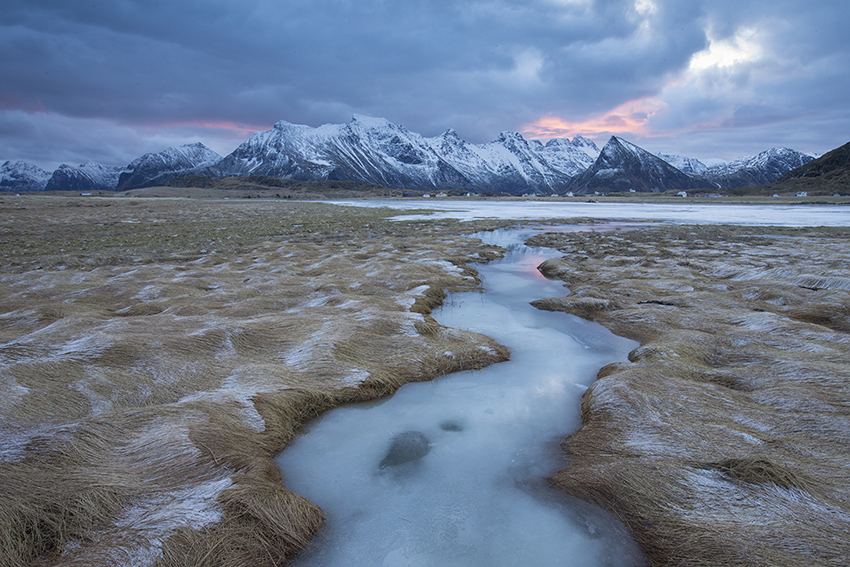I like to stay the right side of the line between insightful observation and a rant. Make no mistake however, this is a rant.
I remember years ago when Mark Hamblin and I embarked on the Tooth & Claw project being accused of condoning raptor persecution simply because we chose to take an impartial standpoint in our commentary on the issue. So if we didn’t condone the killing of raptors we must surely condemn it? Well no, we are simply presenting the issue impartially. Ah, you’re sitting on the fence then? By the time this scenario had been replayed a dozen or so times, you realise you can’t win.

And so more recently to Frozen Planet. It is to my mind the greatest natural history film ever made and undoubtedly attracted an audience that wouldn’t otherwise engage. OK so they filmed a few seconds of a six-part series in captivity and arguably, cocked up the explanation but is that really the series’ legacy? Last night I sat and watched the spell-binding Earthflight. As has been suggested elsewhere there are factual errors and some dodgy bits of continuity, but have you ever seen such visual splendour?
In a world where the demands placed upon those of us who do their best to create inspiring visual imagery are being cranked up as each day passes, should we really be so cynical, so pedantic even, and crush the very innovation we so need and indeed, crave?
Perhaps as I approach the half-century mark I’m just getting weary but honestly, you do your best to do your bit, you dare to take a risk, put your head above the parapet and what happens? It gets blown off – often by those who sit alongside you in the trenches. So I’m going to make a plea to those who sit in judgement over others – you know who you are – to consider the blood, sweat and tears that goes into some of these media projects and to recognise the sacrifice that is an inevitable part of their creation.
I spent 4 years working on Wild Wonders of Europe. Now don’t get me wrong I wouldn’t have traded that experience for anything but most of that 4 years was sat in meetings, writing strategies and managing petty politics – a far cry from the perceived ‘glamourous’ lifestyle of the nature photographer. Moreover, most of us involved with managing Wild Wonders went without remuneration for that whole period. The same is true of my involvement with 2020VISION.

So back to the plea. Innovation is something to be encouraged, nurtured, celebrated. The pool in which the nature photographer drinks is shrinking but surely that is no justification to criticise those who try to dig a new pool? None of us are perfect, we all make mistakes but the choice is clear to me. We embrace new projects and ideas with all their inherent fragility and foibles or we wallow in the increasingly polluted shrinking pool.
So there we are, my rant for January. But hold on, this is not me feeling sorry for myself – I hope I’m old enough to look after myself. No, this is me rattled and I’ll tell you why. A young man called me the other day with an idea for a photographic project in his local community. “Would it work?” He asked. “What happened if it didn’t?” And then the words that set me on fire: “I don’t want to be seen as a failure.” If our young talent is being stifled because of the fear of critical peer reviews, we’ve got something very, very wrong. I told him to go for it but as I put the phone down I have to say I felt like I’d thrown him into the lion’s den.
















